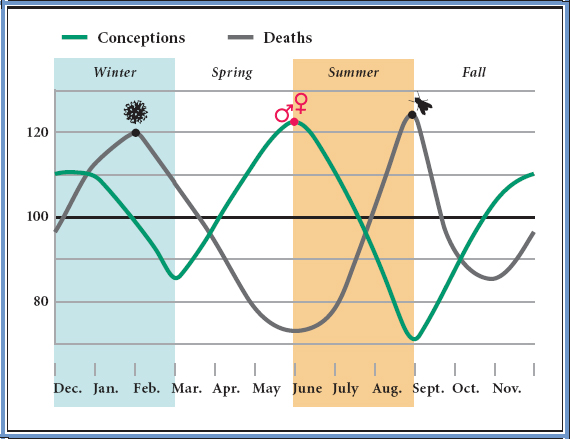Peasant Society
In 1450, most Europeans were peasants, farmworkers who lived in small villages surrounded by fields farmed cooperatively by different families. On manorial lands, farming rights were given in exchange for labor on the lord’s estate, an arrangement that turned peasants into serfs. Gradually, obligatory manorial services gave way to paying rent, or, as in France, landownership. Once freed from the obligation to labor for their farming rights, European farmers began to produce surpluses and created local market economies.

As with Native Americans, the rhythm of life followed the seasons. In March, villagers began the exhausting work of plowing and then planting wheat, rye, and oats. During the spring, the men sheared wool, which the women washed and spun into yarn. In June, peasants cut hay and stored it as winter fodder for their livestock. During the summer, life was more relaxed, and families repaired their houses and barns. Fall brought the harvest, followed by solemn feasts of thanksgiving and riotous bouts of merrymaking. As winter approached, peasants slaughtered excess livestock and salted or smoked the meat. During the cold months, they threshed grain and wove textiles, visited friends and relatives, and celebrated the winter solstice or the birth of Christ. Just before the cycle began again in the spring, they held carnivals, celebrating with drink and dance the end of the long winter (Figure 1.1).
For most peasants, survival meant constant labor, and poverty corroded family relationships. Malnourished mothers fed their babies sparingly, calling them “greedy and gluttonous,” and many newborn girls were “helped to die” so that their brothers would have enough to eat. Half of all peasant children died before the age of twenty-one, victims of malnourishment and disease. Many peasants drew on strong religious beliefs, “counting blessings” and accepting their harsh existence. Others hoped for a better life. It was the peasants of Spain, Germany, and Britain who would supply the majority of white migrants to the Western Hemisphere.
COMPARE AND CONTRAST